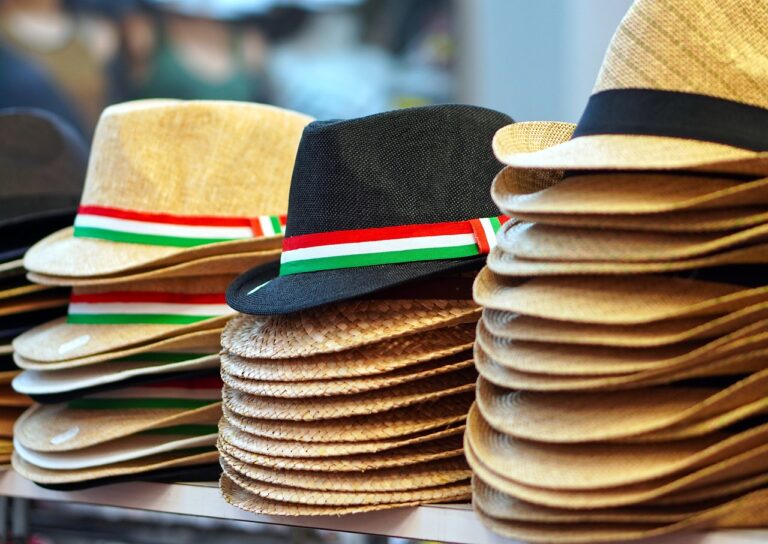Fashion and Culture: Cultural Appropriation vs. Cultural Appreciation in Fashion
Garments have always played a vital role in expressing cultural identity and heritage. From intricate patterns to vivid colors, traditional attire serves as a visual manifestation of a society’s history and values. This rich tapestry of clothing reflects the unique customs and traditions that have been passed down through generations.
Cultural dress often embodies stories of struggles, triumphs, and the daily lives of a community. Each stitch, fabric, and embellishment holds a deeper meaning, acting as a reflection of the values and beliefs cherished by a specific cultural group. The intricate details and designs of traditional garments not only showcase the skill and artistry of artisans but also serve as a tangible link to the past, connecting individuals to their roots in a profound and meaningful way.
Understanding the Significance of Traditional Garments
Traditional garments hold profound significance in cultures across the globe. These garments are not merely pieces of fabric, but symbols of identity, heritage, and values passed down through generations. They serve as a unique form of communication, conveying stories of ancestral traditions, societal roles, and historical events.
The intricate designs, colors, and fabrics used in traditional garments often carry specific meanings. They can reflect one’s social status, marital status, age, or even religious beliefs. Each stitch and pattern has a story to tell, connecting individuals to their roots and fostering a sense of pride and belonging within their cultural community.
Why is it important to understand the origins of cultural dress?
Understanding the origins of cultural dress helps us appreciate the rich history and traditions of different societies. It also allows us to respect and preserve the cultural heritage of various communities.
What is the significance of traditional garments?
Traditional garments are often more than just pieces of clothing; they represent a community’s values, beliefs, history, and social status. They are a way for people to connect with their roots and express their identity.
How do traditional garments differ from modern fashion trends?
Traditional garments are usually rooted in history and have deep cultural meanings, while modern fashion trends are often driven by commercial interests and change quickly. Traditional garments are passed down through generations and are considered timeless.
Can traditional garments be considered as a form of art?
Yes, traditional garments can definitely be considered as a form of art. The craftsmanship, design, and intricate detailing that goes into creating these garments reflect the creativity and cultural aesthetics of a particular community.
Why should we respect and appreciate traditional garments?
Respecting and appreciating traditional garments is essential to honoring the cultural diversity and heritage of different societies. It helps promote inclusivity, understanding, and acceptance of different cultural practices.





